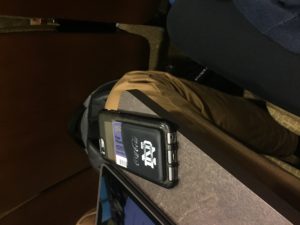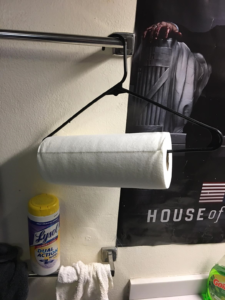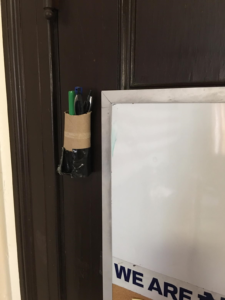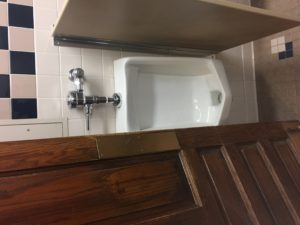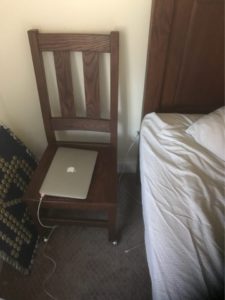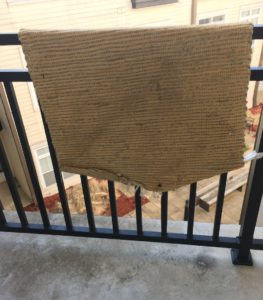Approach to Analogous Immersion:
We chose to interview international and transfer students for our analogous interviews. We felt that the feeling of being displaced in a new environment and needing to find appropriate resources was a commonality between the international students and the homeless population we work with
Interviewee: Jorge D.
Age: 20
Year in school: Junior
Country of origin: El Salvador
Date of interview: 3/1/17
Interview type: Phone interview
Themes:
- Cultural differences were difficult to adapt to
Jorge had never lived in America prior to attending Notre Dame. He found that aspects of American culture differed from his own, and at times he had trouble understanding and fitting in. For example, in El Salvador, their culture is much more relaxed and slow-paced. However, he found that Americans tend to be more serious, driven, and work-obsessed. Sometimes his employers or fellow students looked down on his jovial attitude in serious moments, but he attributes this a clash in cultural values.
2. Importance of orientation & campus resources in transition to school
Jorge believes that the orientation & campus resources played a critical role in making him feel comfortable and welcome in his new environment. During orientation, faculty and fellow students pointed out helpful resources available for international students. In addition, he was able to build community with his fellow international students during this week of orientation.
Memorable Quotes:
“Just transitioning to college is tough, but it’s even harder when you have to learn a whole new culture on top of it all. I wouldn’t have been able to handle it without the other international students who were going through the same things as me.”
“American culture is different. You take things very seriously here. People think that because I am being relaxed and joking, that I don’t care. But it’s not true, that’s just how I am, how my personality is, how my culture is.”
